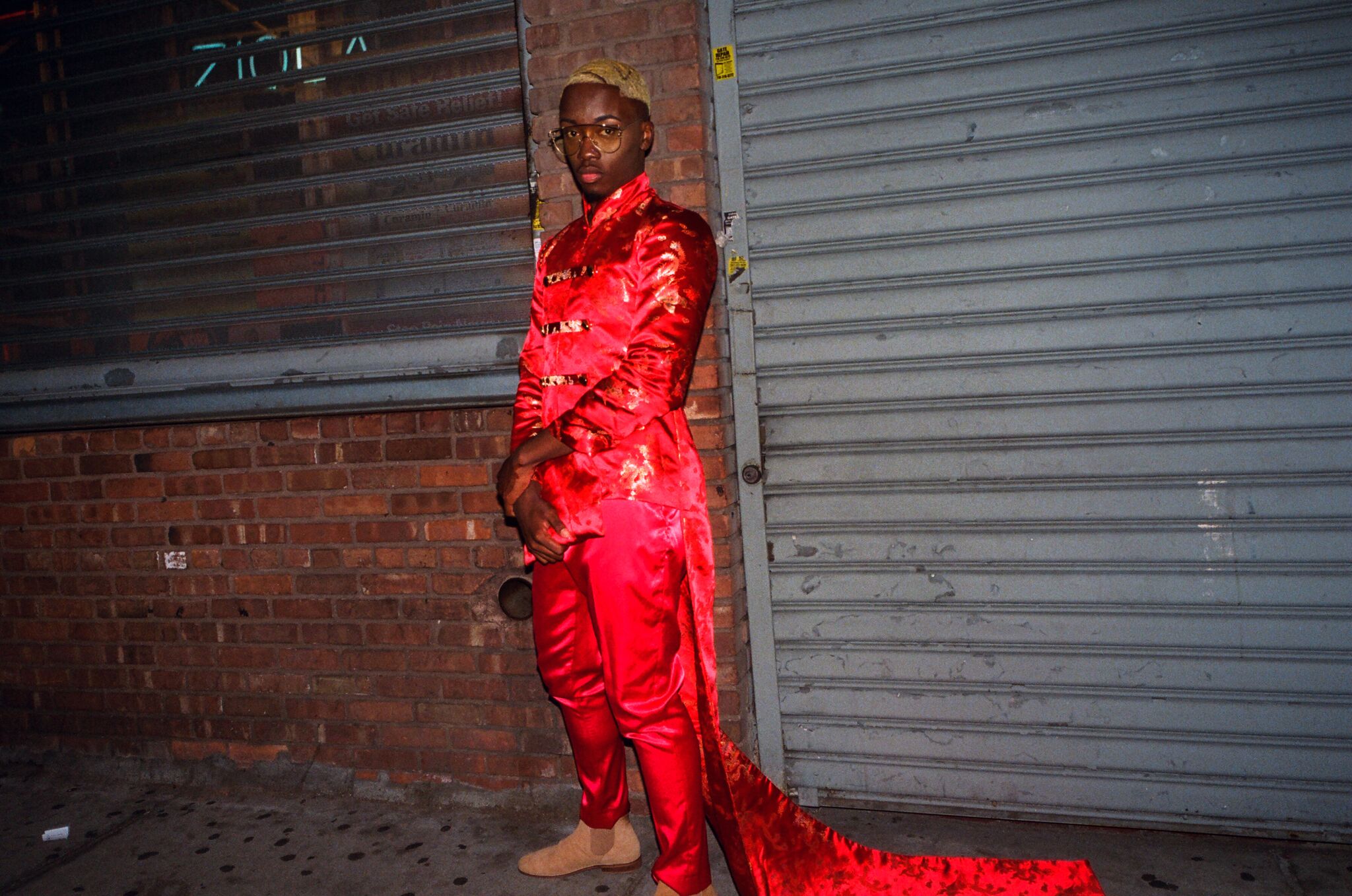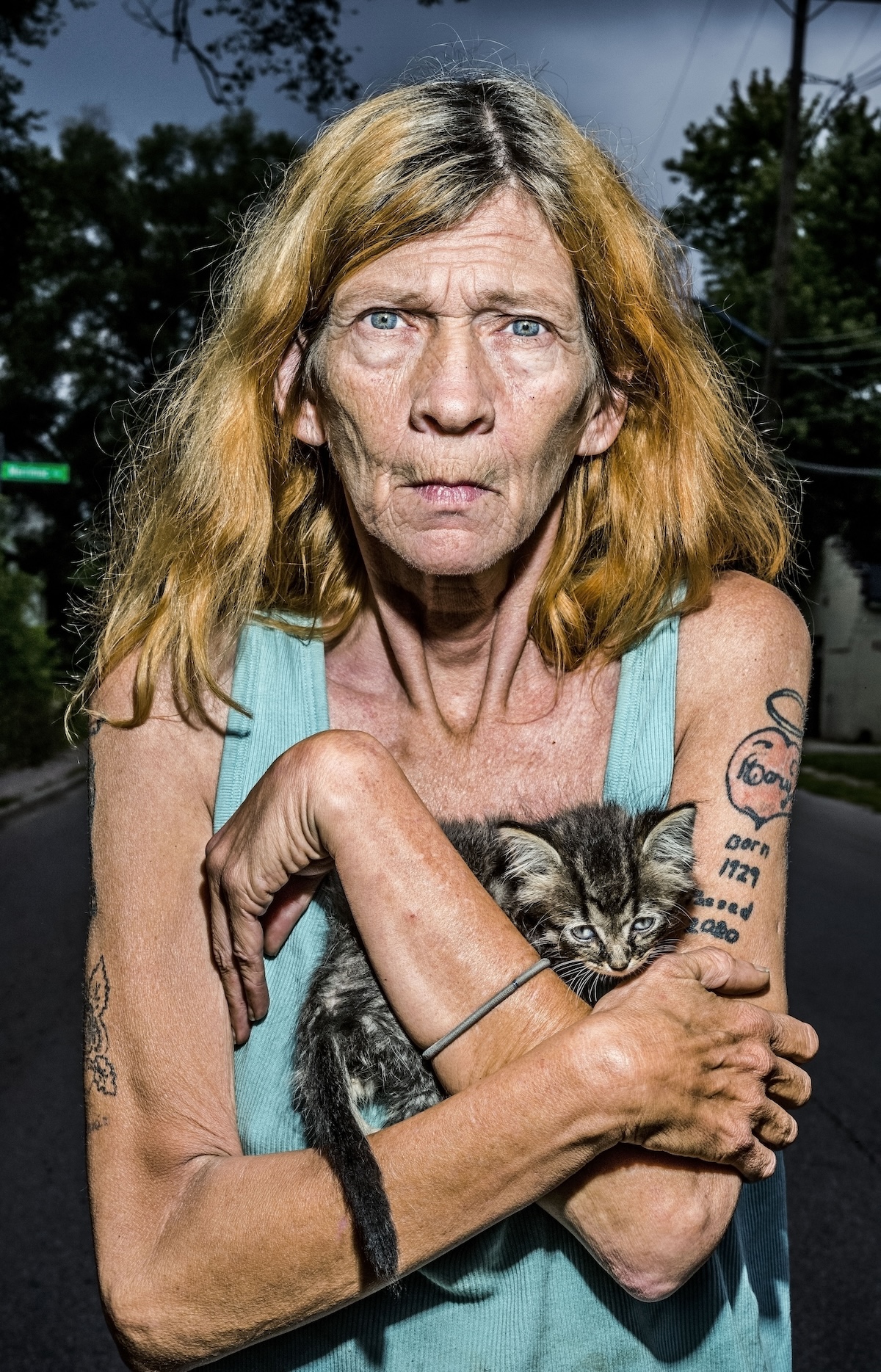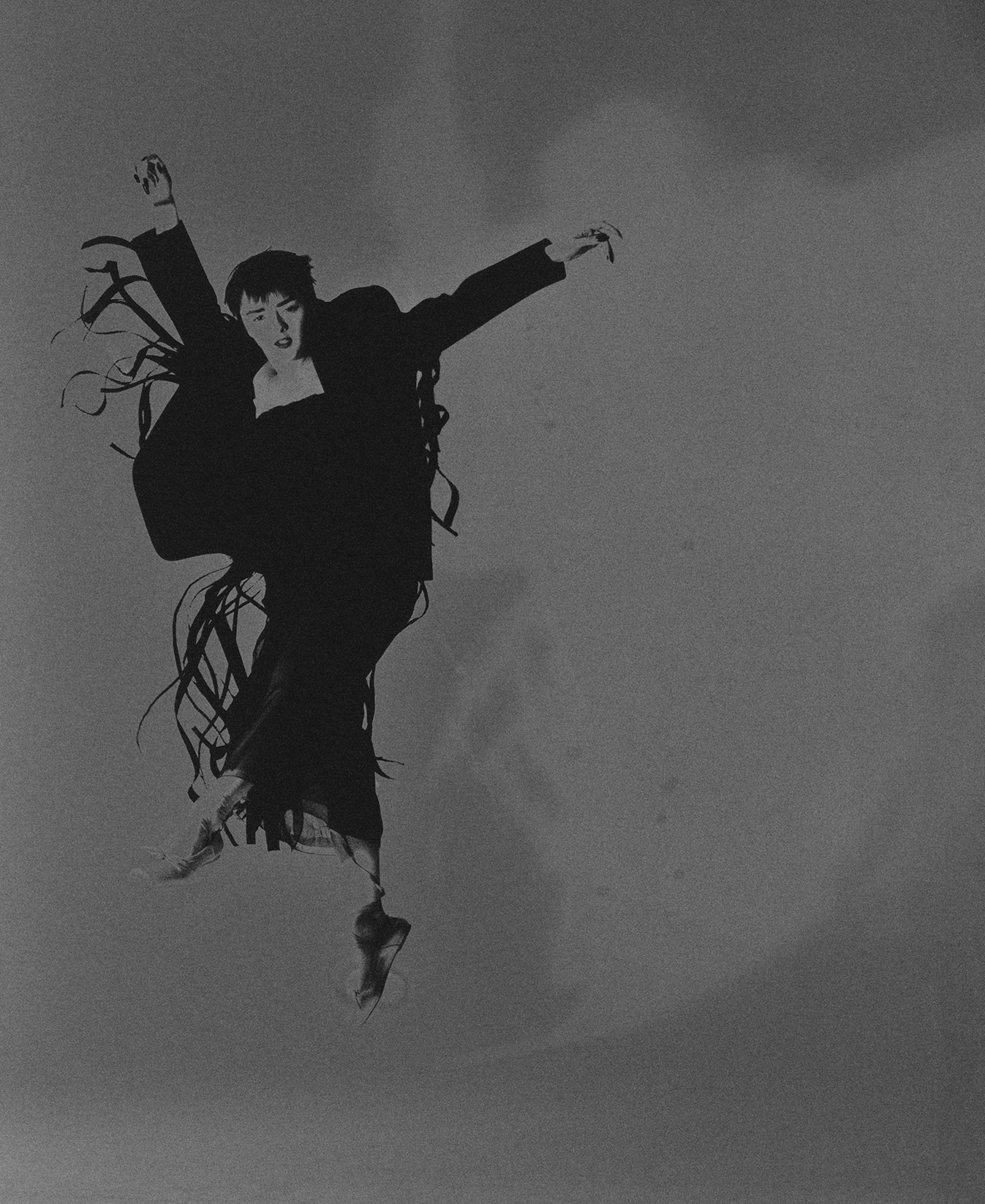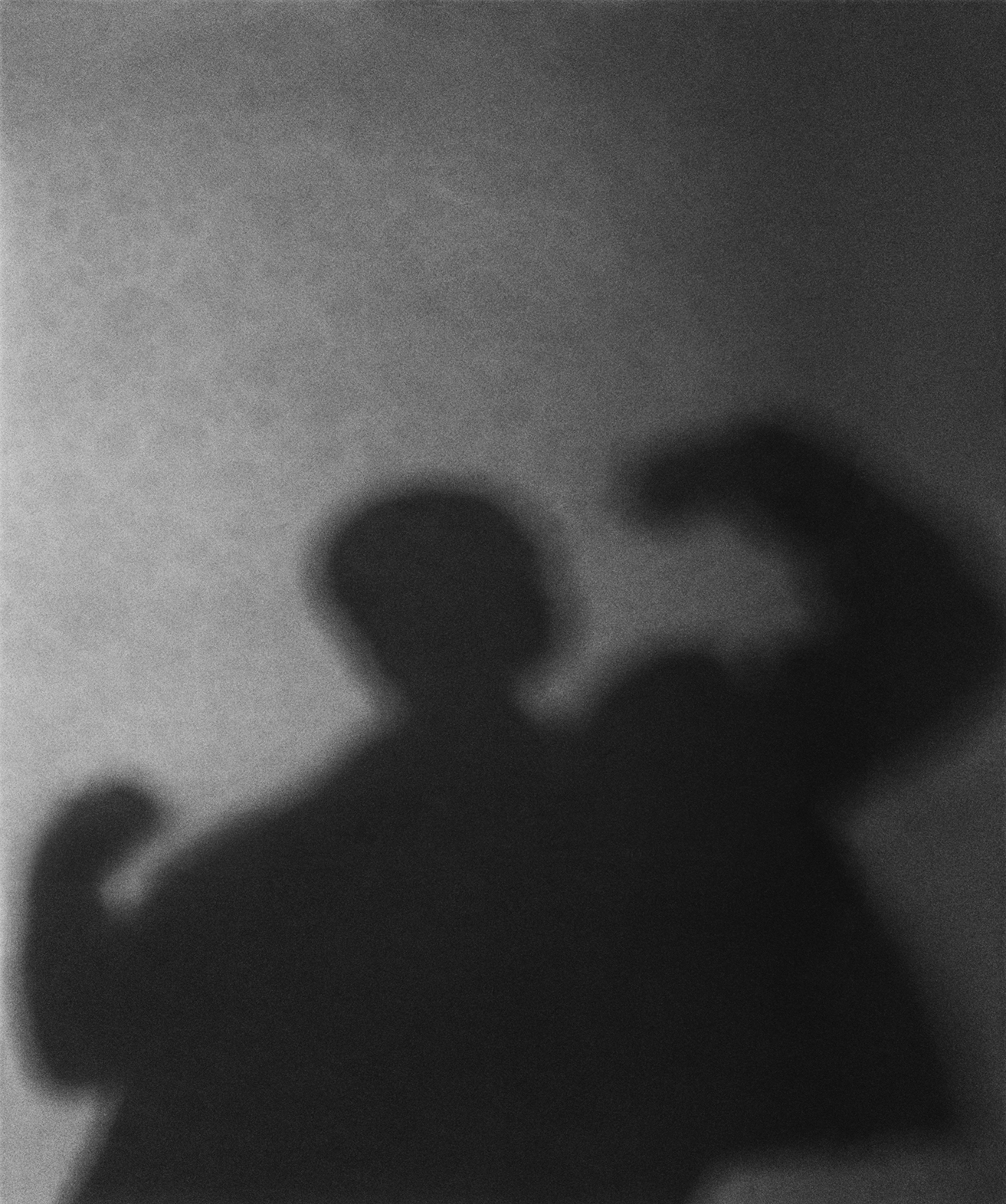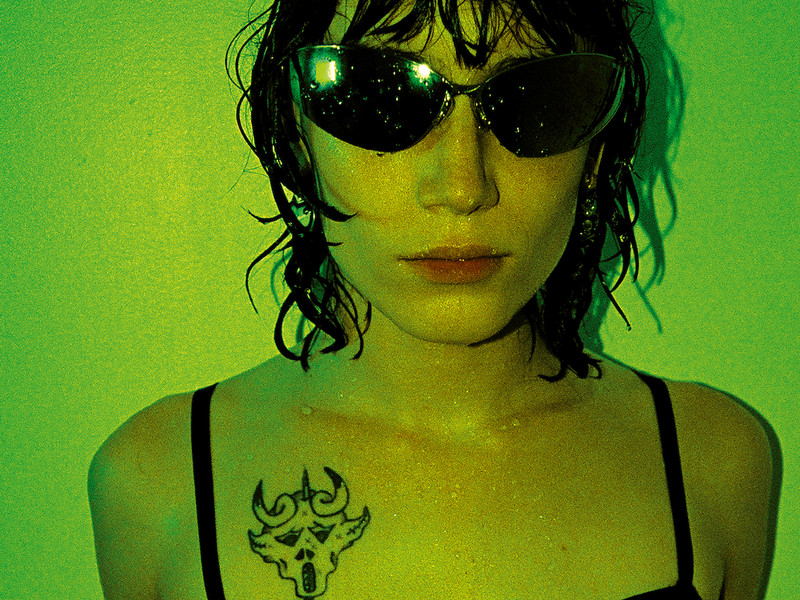Hi Bruce. Congratulations on opening a major show! How do you feel?
It’s always nice to have a major show especially since the work is very strong and it looks great, but I have to say that I could have put many more photos in the show without a loss of quality.
You were intimately involved in the curation, what was the process of looking back at your career like?
I curated the show and chose photographs that I liked, some iconic and others less known, showing where I started and where I am now.
Before you were a photographer, you studied sociology. In a way, I view your photography as a sociological study. Would you agree?
I only took one sociology course in college. I photograph what interests me.
You mentioned watching Antonioni’s Blow-Up (1966) as a turning point that decided your pivot toward photography. Does cinema continue to have an impact on your photographic practice?
I’m not a fan of Antonioni as a director but because of the movie Blow-Up, photography became fashionable in 1966 so it crossed my mind that I could try being a professional photographer. I never held a camera in my hand before.
Cinema has always had an impact on my photography. My candid work has definitively been influenced by Film Noir among other genres.
You started with black-and-white photography and people on the streets of New York which you intimately know, in a time when photography was transitioning toward color and increasingly given a political function. How and why did you decide against what was in vogue?
It was in Coney Island that I started my black-and-white photography, and then I worked on the streets of New York.
I see in B&W and I’m not into trends. My motto is “Be Yourself”.
Then you started doing color photography only recently. Why?
I still do B&W, but I felt I needed a change. You can’t do the same thing forever, and when you start something new and different, you feel energized.
You use flash and capture people in their most vulnerable moments. There is a different kind of closeness here. What draws you to socially marginalized populations?
I don’t agree with your statement about “vulnerable moments”. What draws me to socially marginalized populations is that I’m an outlier and not part of the mainstream. I just feel comfortable with them.
Do you feel connected to them through photography?
No, I feel connected to them through life, and photography is the bridge that connects us.





